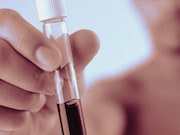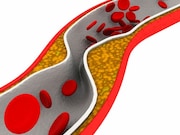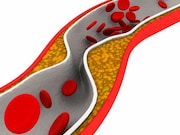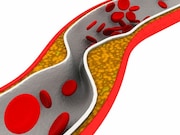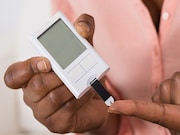Tag: Heart / Stroke-Related: High Cholesterol
Nonfasting Lipid Levels Adequate for Assessing Cardiovascular Risk
Fasting, nonfasting levels show similar associations with cardiovascular events even for patients on statins
LDL Decreased With LDL-Apheresis in ACS Patients
Significant reduction seen in mean LDL among patients with acute coronary syndrome treated with PCI
Blood Donor Screening Data IDs Familial Hypercholesterolemia
Highest estimated prevalence of FH seen in young versus older donors, and in men versus women
Favorable Trends Seen in Lipids, Apolipoprotein B in U.S. Youth
Adjusted mean total cholesterol level decreased from 1999-2000 to 2015-2016 in youth aged 6 to 19 years
One-Third of Patients on Statins Do Not Reach Target Thresholds
Not reaching thresholds places patients at increased risk for cardiovascular events
Longer Duration of Statin Use Linked to Lower Risk for Glaucoma
Self-reported high cholesterol levels without statin use tied to higher glaucoma risk
Machine Learning IDs Risk for Familial Hypercholesterolemia
Classifier developed using EHR data identifies patients at highest probability threshold for FH
Adding Bempedoic Acid to Statin Therapy Reduces LDL Cholesterol
Genetic variants mimicking effect of ATP citrate lyase inhibitors, statins lower LDL-C in same way
Achievement of Targets in T2DM Varies by Season
Achievement rates for all three targets and for HbA1c, BP, LDL-C are lowest in the winter
Lowering BP, Lipids in Healthy Elderly Has No Cognitive Effect
Candesartan/hydrochlorothiazide, rosuvastatin, combination therapy do not affect cognitive decline


